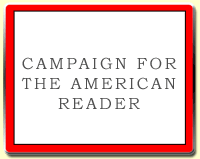 Alison Wisdom's new novel We Can Only Save Ourselves "follows the disappearance and radicalization of one 'perfect' teenage girl, told from the perspective of the town she left behind."
Alison Wisdom's new novel We Can Only Save Ourselves "follows the disappearance and radicalization of one 'perfect' teenage girl, told from the perspective of the town she left behind."
At Electric Lit, Wisdom tagged nine pieces of literature that explore the dark side of girlhood, including:
Girls on Fire by Robin WassermanRead about another entries on the list.
The girls in this book are scary and funny, loyal and devious, and together they are, as Wasserman promises in the feverish prologue, radioactive. Like Lydia Lee, Hannah is a nobody at her high school; unlike Lydia, she attracts the attention of a cool girl, Lacey, who is as edgy as Hannah is bland—but Lacey brings out asharpness, a fire in Hannah. She introduces Hannah to Kurt Cobain and the fun of rebellion, and they bond over their mutual hatred of the beautiful and cruel Nikki, whose boyfriend Craig killed himself a year earlier. These four are connected to each other in surprising ways I won’t reveal, but I’ll say that among them Wasserman creates an incendiary tension that feels real and dangerous, culminating in an ending that really, truly shocked me and made me text my sister to tell her to read this immediately. Relationships between teenage girls are fraught, complicated, in some cases guided almost equally by love and pettiness, passion and jealousy, and Wasserman makes the friendship between Hannah and Lacey both tender and frightening.
--Marshal Zeringue


















































